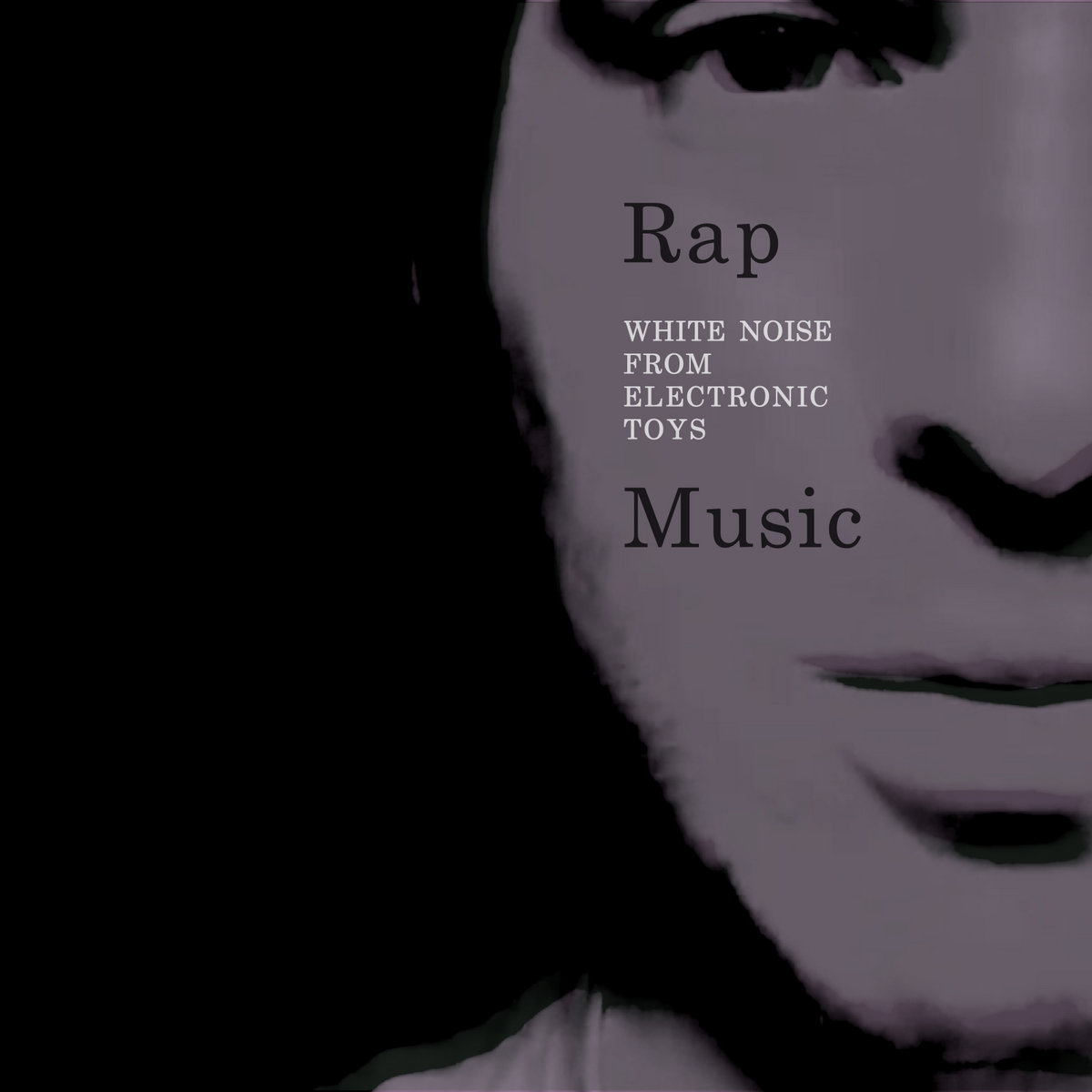Jace Clayton deftfully opens his essay on Vince Staples with a description not of the TOPICS he intends to write about—Vince Staples, noise, violence—but with a description of a SOUND, the sound (and corresponding silence) that ends Staples’ debut record.
For this week (Friday), I want you to try writing an opening to your Essay 2 that is inspired by the way Clayton opens his essay on Staples & noise. Focus on 1 sound in particular and describe it as carefully as you can in order to get your reader to “hear it” (imagine they’ve never heard this song/sound before). I suggest you listen to your song at least three times to choose your sound (like we did during the Zoom exercise). Strategies for describing your sound:
—compare this sound to something else the reader may have heard (does this beat sound like a “robot,” a “machine”? does this singing sound “angelic” or like “birds” or like “yelling”?
–consider the length of this sounds: does it go on for what seems like a long time? or is quite short? somewhere in the middle? Time it on your phone: how many seconds does it last?
–does this sound repeat throughout the song? is it repeated in an ongoing way throughout the song (like a drumbeat) or is it only repeated a couple of times (like the lyrics in a song’s refrain/chorus)?
Lastly, notice how Clayton includes his own emotional (and intellectual) experience of listening to this sound for the first time and then for a second time (“When I learned this tear…was intentional, I was shocked…”). Include a short paragraph describing your own experience listening to this sound for the first time and then re-listening to this sound a second, third, and fourth time. Write about differences you notice in your experience.
Share your new beginning to Essay 2 as a comment below.




